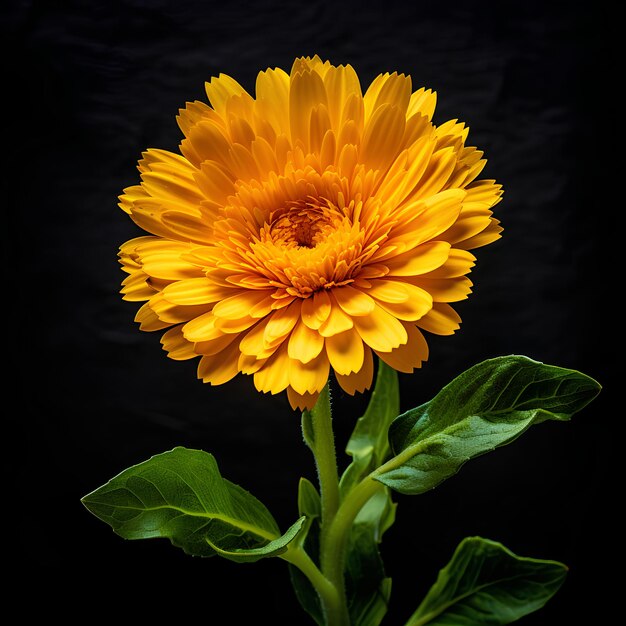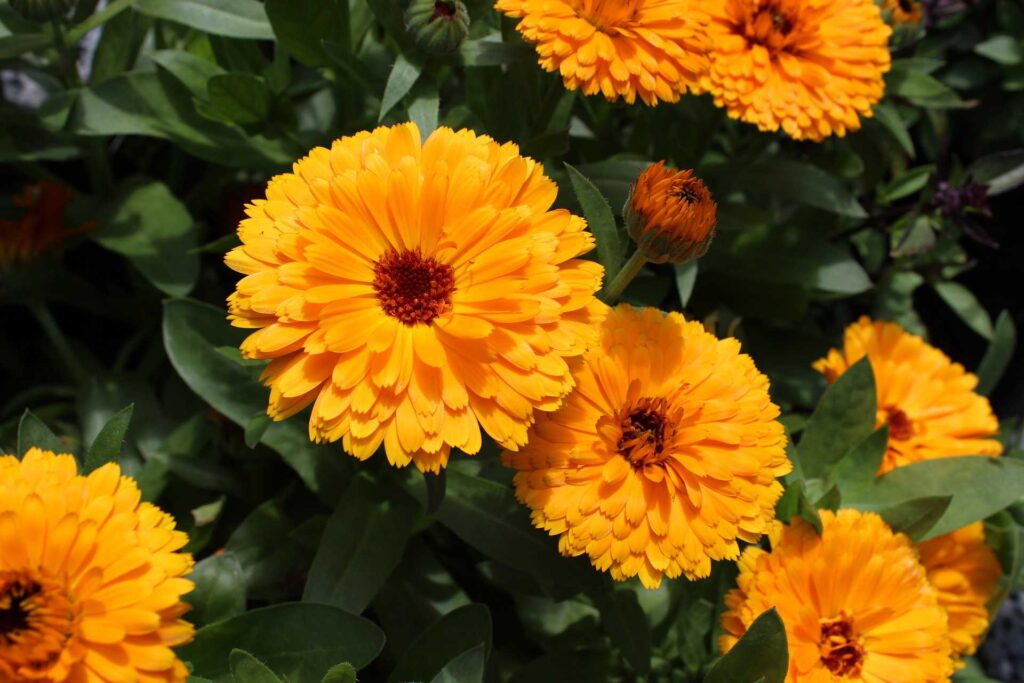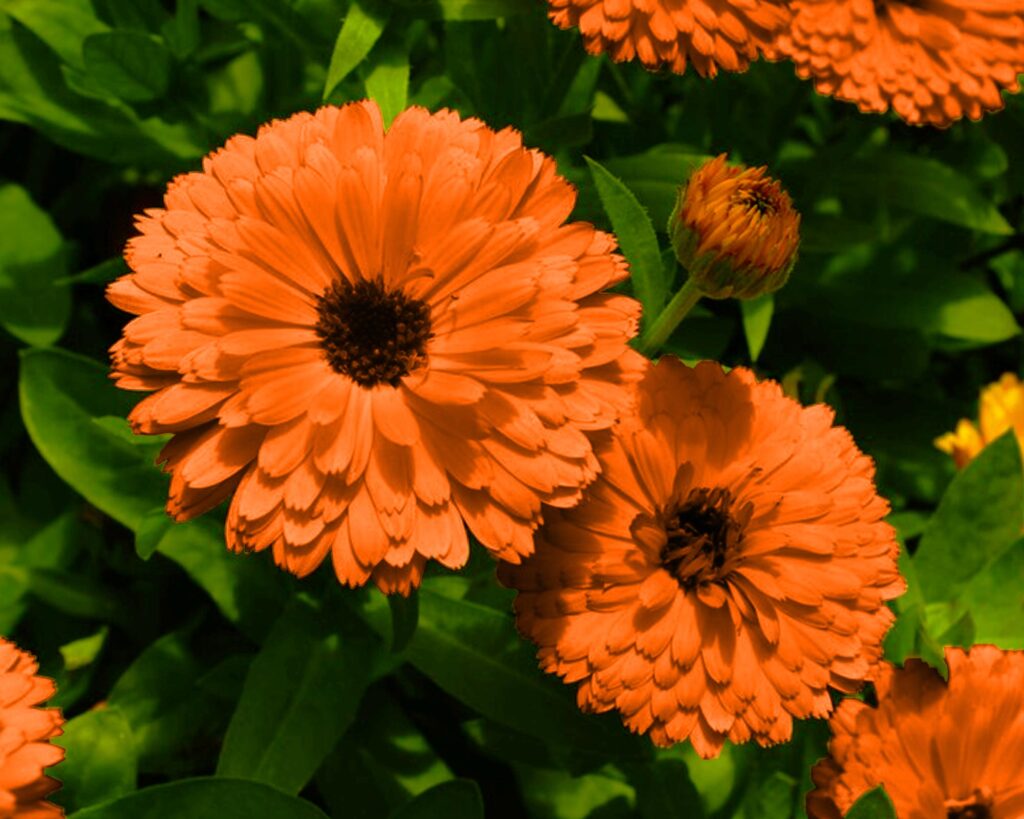Some plants call attention to themselves not with thorns or towering stalks, but with the simple glow of their petals. Calendula—sometimes called pot marigold—has a way of brightening any patch of earth, wild or tended. I remember the first time I knelt in a dew-laced garden at sunrise and saw those golden blooms open, catching the day’s first light like tiny suns. That was the day I learned calendula isn’t just beautiful—it’s a healer you can gather in handfuls.


An Ancient Remedy (and Modern Marvel)
Calendula (Calendula officinalis) has colored human history for centuries. Medieval monks tucked its blossoms into wound salves; Victorian gardeners wove it through cottage plots for luck and protection. And wherever people have tended gardens or wild corners, they’ve known calendula’s gentle power—soothing skin, speeding the healing of cuts, easing the burn of a rash.
Modern herbalists and scientists alike celebrate calendula for its anti-inflammatory, antimicrobial, and skin-regenerating properties. Its golden petals are rich in triterpenoids, flavonoids, and calendulin—compounds that support tissue repair and calm irritation. Whether infused in oil for balms, stirred into teas for sore throats, or sprinkled fresh atop salads, calendula remains a plant of both comfort and resilience.
Growing Calendula: Wild Beauty, Easy Ally
Calendula is a gardener’s joy and a beginner’s best friend. Sow seeds directly into garden beds or pots in early spring—calendula loves full sun and will tolerate nearly any soil as long as it drains well. The plants are quick to germinate, sending up bushy green growth and a parade of cheerful flowers from early summer until the frost. Deadhead spent blooms for continuous color, and collect petals for drying throughout the season.
While true calendula isn’t native to wild North America, you might find it happily self-seeded along the margins of old gardens, cottage borders, or even in cracks of forgotten stone. Its resilience is legendary—leave a few plants to scatter seeds, and calendula will often return, bright as ever, year after year.
Calendula in Everyday Ritual
A handful of calendula petals steeped in hot water can make a soothing tea for sore throats or digestive upset. Infused in olive oil and left to bask in a sunny window, those same petals transform into a golden balm for dry hands, chapped lips, or minor scrapes. For the wandering herbalist, calendula is a reminder that some of the best medicine comes wrapped in light and color.

Calendula Fact Sheet
- Botanical Name: Calendula officinalis (Calendula, Pot Marigold)
- Active Compounds: Triterpenoids, flavonoids, carotenoids, calendulin, essential oils
- Parts Used: Fresh or dried petals, sometimes whole flower heads
- Traditional Uses: Healing wounds, soothing rashes and burns, calming inflammation, promoting digestion, mild immune support
- Modern Science: Confirmed anti-inflammatory, antimicrobial, and skin-healing effects; speeds wound repair, soothes eczema and dermatitis
- How to Grow:
- Sow seeds in early spring, direct in ground or in pots
- Prefers full sun, average soil, moderate water
- Deadhead for continuous bloom; self-seeds easily
- Harvest petals or whole flowers for drying/infusion
- Sow seeds in early spring, direct in ground or in pots
- Where It Grows Wild:
- Native to Southern Europe, naturalized in gardens worldwide
- Occasionally escapes garden borders and self-seeds in wild areas, cottage gardens, and roadsides
- Native to Southern Europe, naturalized in gardens worldwide
- Preparations:
- Infused oil (for salves, balms, creams)
- Tea (petals, for mild digestive or throat soothing)
- Fresh petals as edible garnish
- Tincture or compress for topical use
- Infused oil (for salves, balms, creams)
- Cautions:
- Generally safe for all ages
- Rare allergic reactions possible, especially for those sensitive to Asteraceae family
- Generally safe for all ages
***As always, consult a healthcare professional if using calendula for persistent health issues, especially during pregnancy or with known allergies.***

Leave a Reply